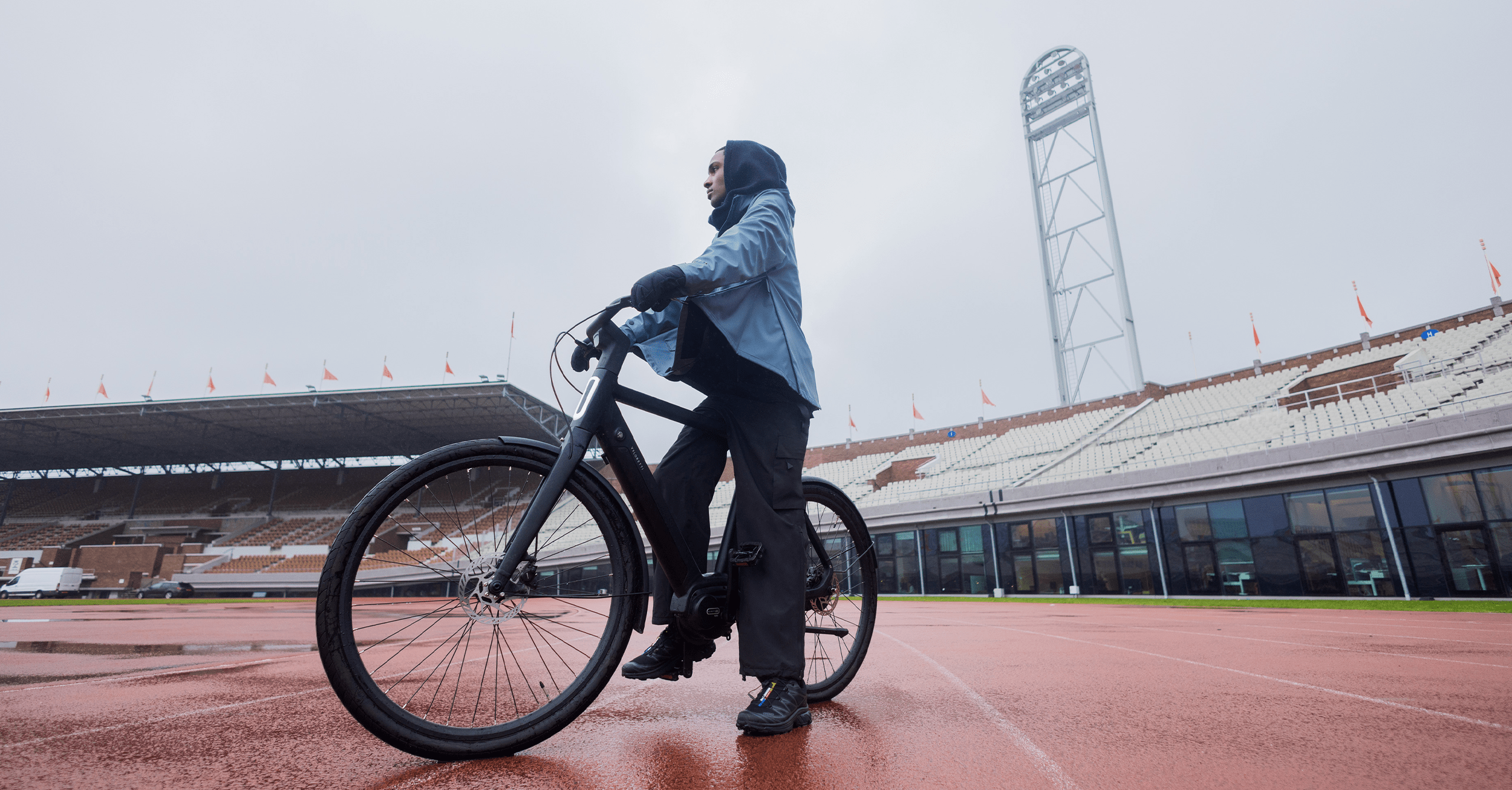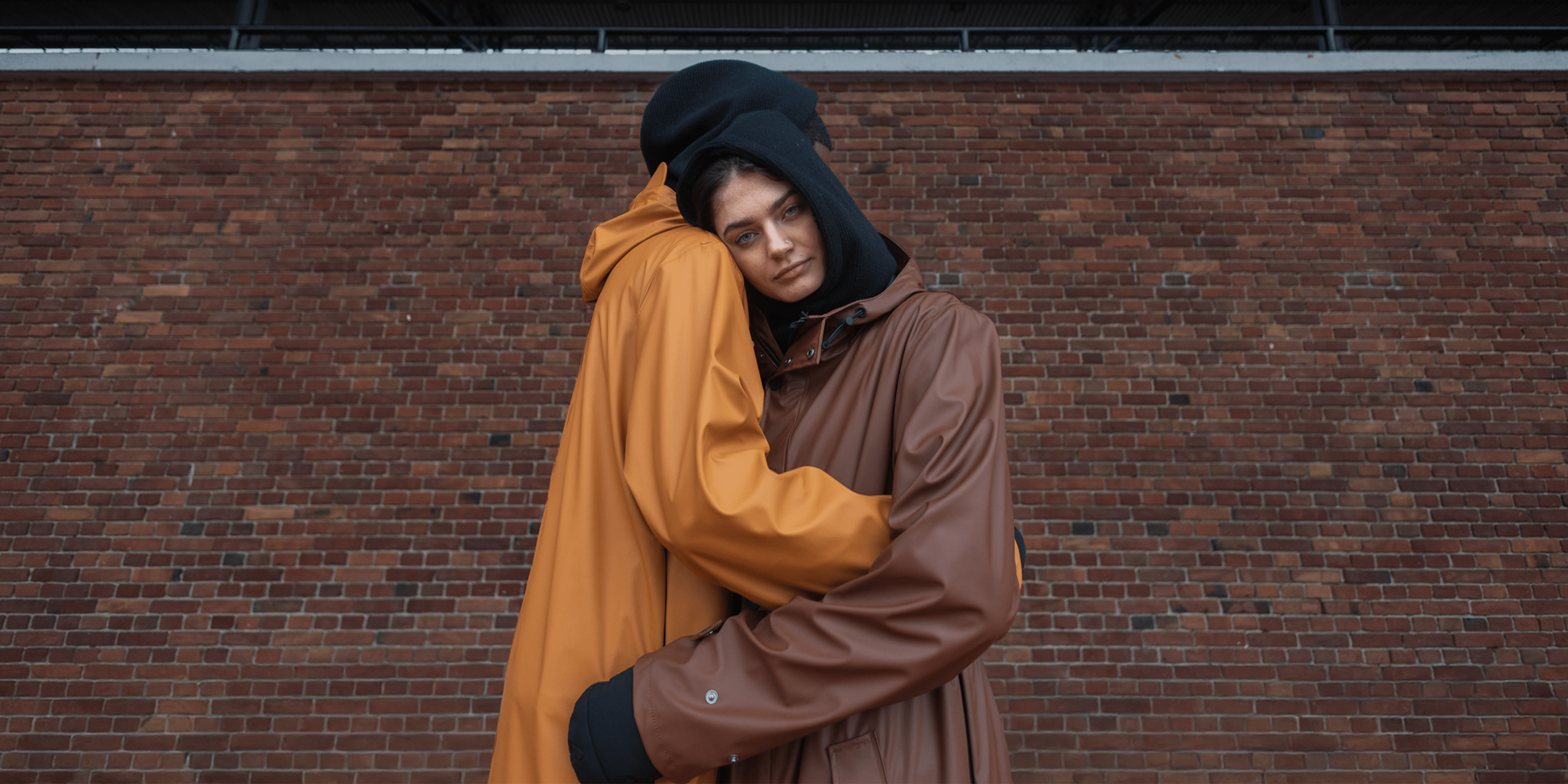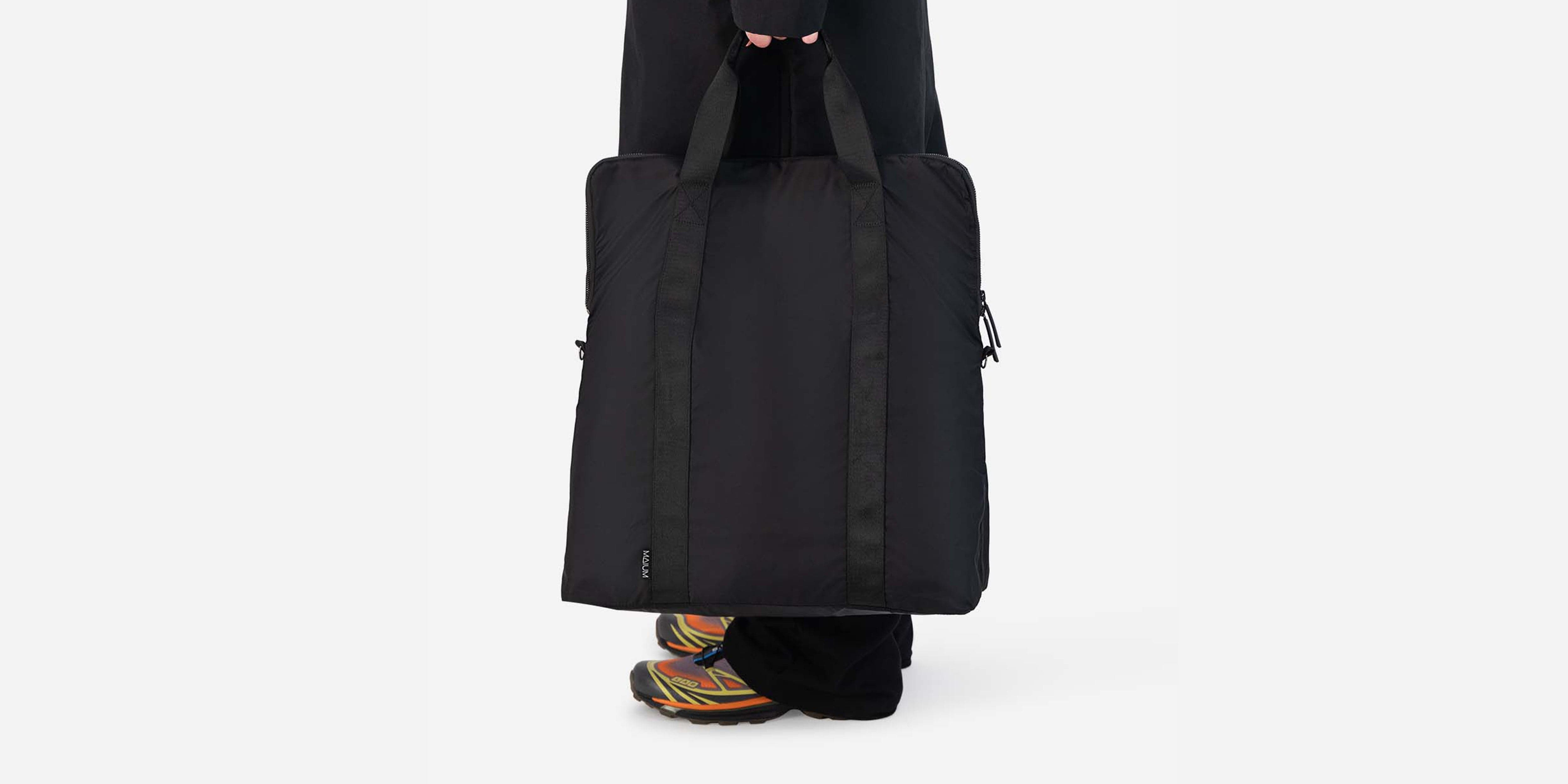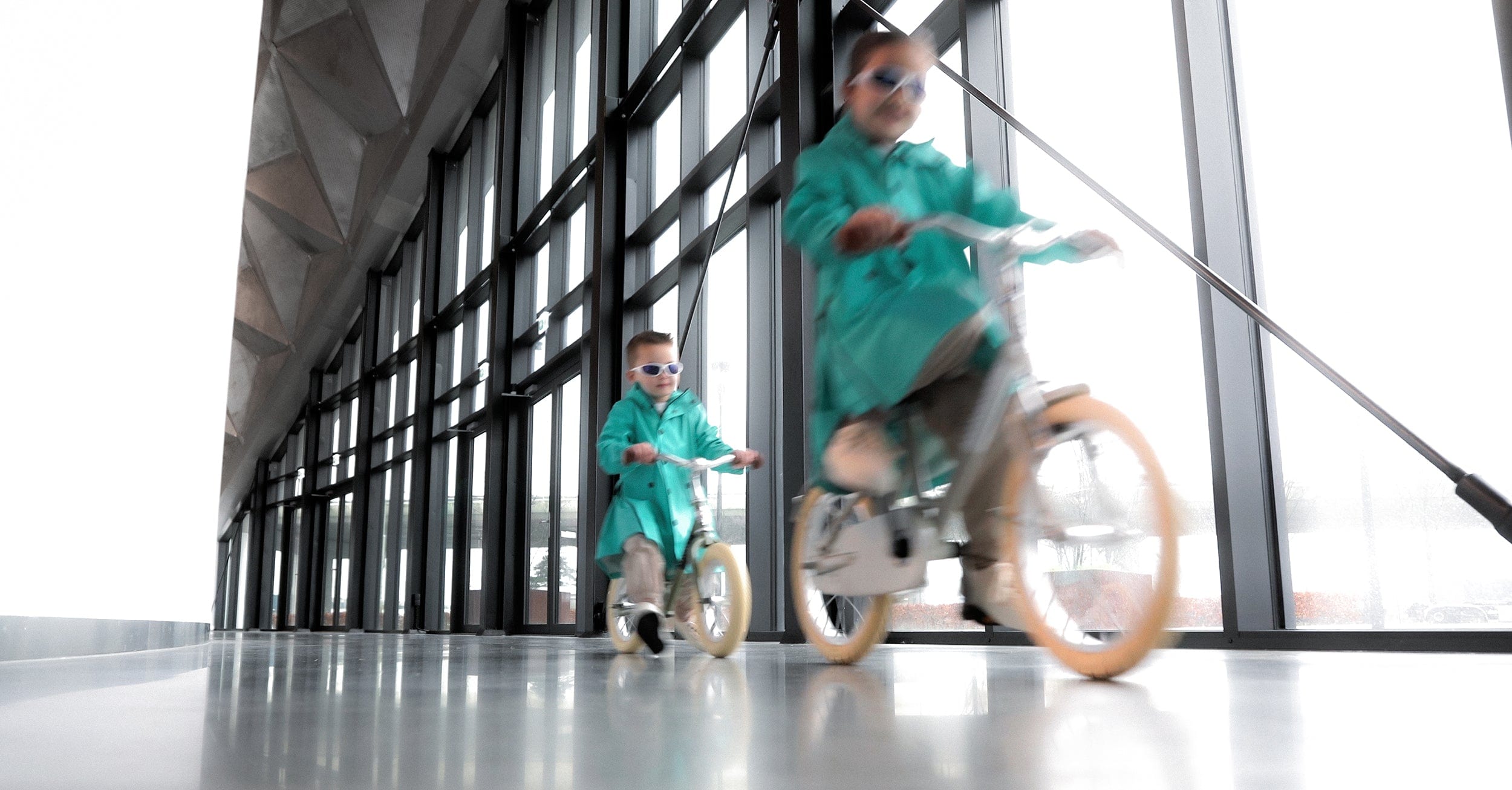In Amsterdam, a city known for its rainy weather, MAIUM is known for its practical and functional city jackets. As a brand from the Netherlands, MAIUM nurtures not only a love of style, but also an aversion to wear, pollution and waste. This jacket care guide offers some essential tips to extend the life of your MAIUM jacket while respecting the environment.
- Airing Before Washing
Think carefully before you wash your coat to save the environment. Often it is enough to air the coat outside. - Remove stains with an ecological stain remover
Individual stains don't mean the entire coat has to be washed. Stains can easily be removed manually with an odorless, lotion-free, ecological stain remover. Rub it on the stain and leave it on for half an hour. Then rinse thoroughly. Do not rub too hard to avoid wearing down the fabric and damaging the impregnation. - Remove dirt with a coat brush
Dust and surface dirt can be removed with a brush or damp cloth. Regular use of a coat brush helps keep your coat fresh. - Don't overload the washing machine
It is important not to overload your washing machine. An overloaded machine disrupts the spin cycle and can result in wet and dirty clothes. If the garment is too large for your washing machine, have it cleaned by a professional dry cleaner with larger machines. On the other hand, an empty machine wastes water, energy, and detergent. Always read and follow the washing label on the jacket. Many of our jackets have instructions for separate washing.
Important: All jackets except padded jackets; wash on a delicate cycle at a maximum of 30 degrees; do not tumble dry. - Wash at low temperatures
Washing your jacket in hot water is unlikely to make it cleaner. 30°C is often sufficient. Lower temperatures extend the life of the jacket in terms of fibers and colors. Protect the jacket by closing all zippers, pockets, buttons and Velcro before washing, and turn the jacket inside out. Do not leave the jacket in the washing machine for too long after it has been washed. - Use an ecological detergent
Choose an ecological liquid detergent. These do not contain surfactants, which are harmful to the environment. Do not use more detergent than necessary. Start with half the recommended dose and increase if necessary. - Do not use fabric softener
Do not use fabric softener, as it reduces the jacket's technological functions. Fabric softeners are not environmentally friendly and bad for your health. - Avoid tumble drying
Do not tumble dry your jacket. The mechanical stress and heat of the dryer will reduce the color and wear out the fibers. Instead, let the jacket air dry. To reactivate the water-repellent layer, add heat with an iron or hair dryer. Always read the washing label inside the jacket. - Repair instead of replace
The motto "make do and mend" is dear to our hearts. Holes, buttons and torn seams can easily be repaired with a needle and thread. For more complicated repairs, call in a tailor so that you and your MAIUM jacket spend many happy winters together.
Order your items here. - Take Good Care
By following these guidelines, the life of your functional jacket can be extended by several years. This is beneficial for the jacket, the environment and your wallet. Always remember to follow the instructions on the wash label inside the jacket, as different fabrics, membranes and padding require different care and maintenance.







